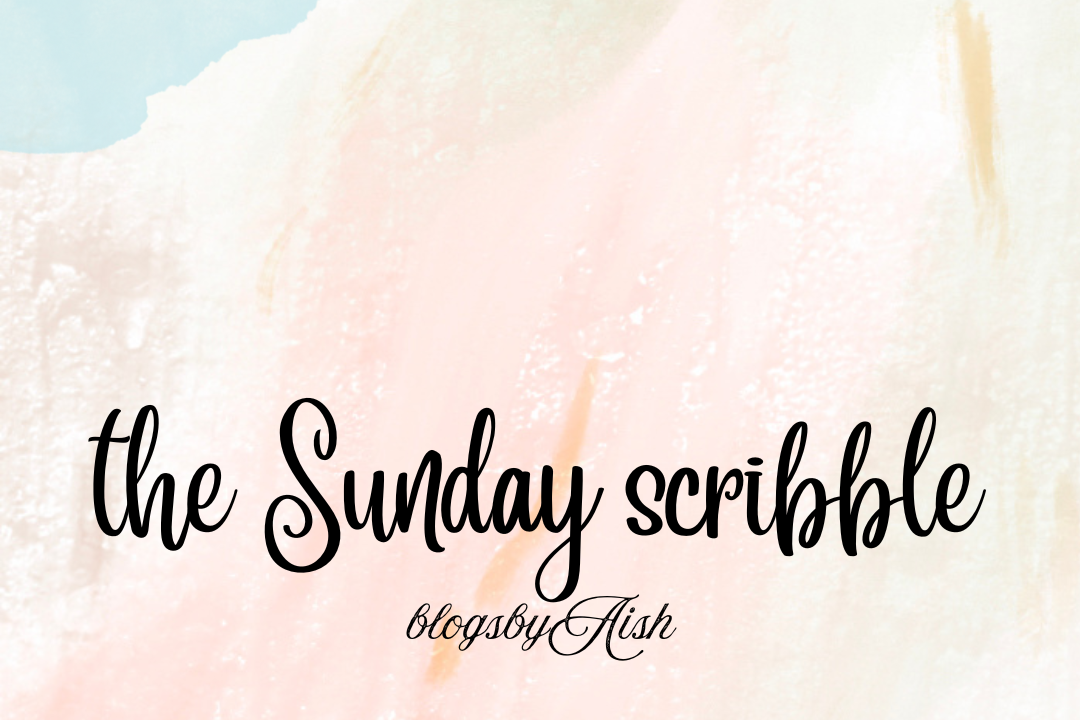Ever lose track of time while drawing, painting, or making art? That immersive feeling where the world fades and your mind feels both calm and alive is more than just a creative high. It is your brain entering in a unique state.
Neuroscience is beginning to reveal just how transformative making art can be for the brain and why it is so essential for human health, cognition, and emotion.

1. Art-Making Lowers Stress and Promotes Well-Being
One of the most researched benefits of making art is its impact on stress reduction. A 2016 study from Drexel University found that just 45 minutes of creative activity significantly lowers cortisol and stress hormone.
Creating art can:
- Lower anxiety levels
- Slow the heart rate
- Increase feelings of relaxation and mindfulness
The parasympathetic nervous system, which helps the body rest, digest, and heal.
❤️ 2. Emotional Processing Through Art
The brain processes emotions differently when you are making art. Creative expression can:
- Activate the link to emotions and survival instincts.
- Help externalize trauma or complex feelings in a safe and symbolic way
- Enable non-verbal communication, especially for those who find it hard to express themselves through words
3. Art Enhances Creative Thinking and Problem Solving:
Making art also boosts divergent thinking the ability to generate multiple solutions to a problem. This is key to innovation and adaptability.
In a brain, this looks like:
- More flexible synaptic connections
- Greater cross-talk between hemispheres
- Heightened pattern recognition and visual thinking
This means that regular artistic practice can make you not only more creative but also more cognitive.

4. The Flow State:
When you are fully immersed in a creative task, your brain can enter what is known as flow statea term coined by psychologist Mihaly.
- Time seems to disappear
- Self-consciousness fades
- Focus intensifies
🧠 Your Brain on Art Is a Better Brain
Art is not just for artists. It is a biologically rewarding, neurologically rich activity that can improve mood, enhance brain function, and even transform emotional well-being. Whether you are doodling in a notebook or sculpting from clay, you are literally shaping your brain as you shape your art.
So next time you pick up a brush or pen, know this: you are doing something extraordinary not just on paper, but deep within your mind.

Whether you are a seasoned artist or someone who hasn’t picked up a crayon since childhood, your brain benefits every time you create.
So go ahead draw, paint, Molds, or sketch. Your brain is wired for it. And it will thank you.
blogbyAish

One response to “The Neuroscience of Making Art: What Happens in Your Brain When You Create”
An eye opener blog for people who undermine artist